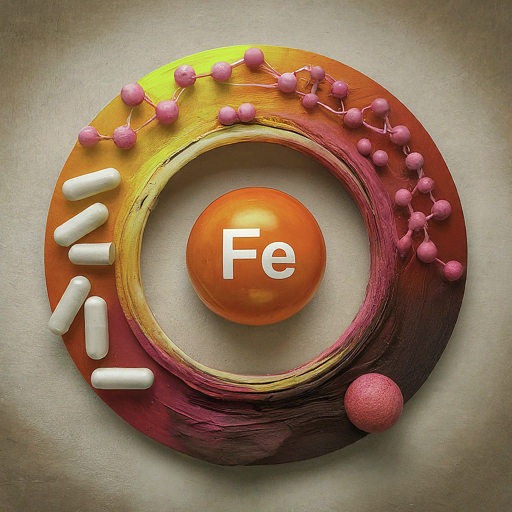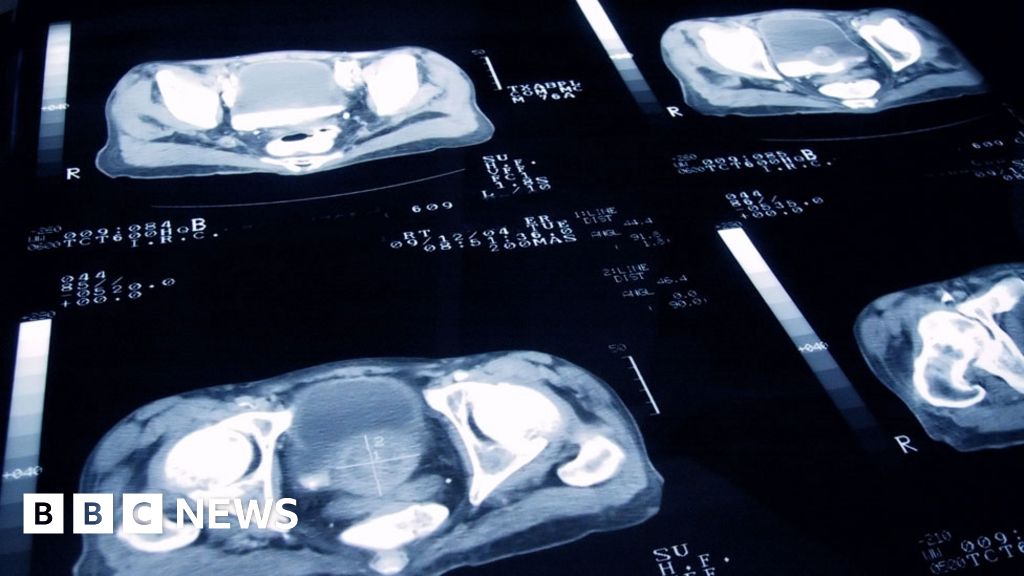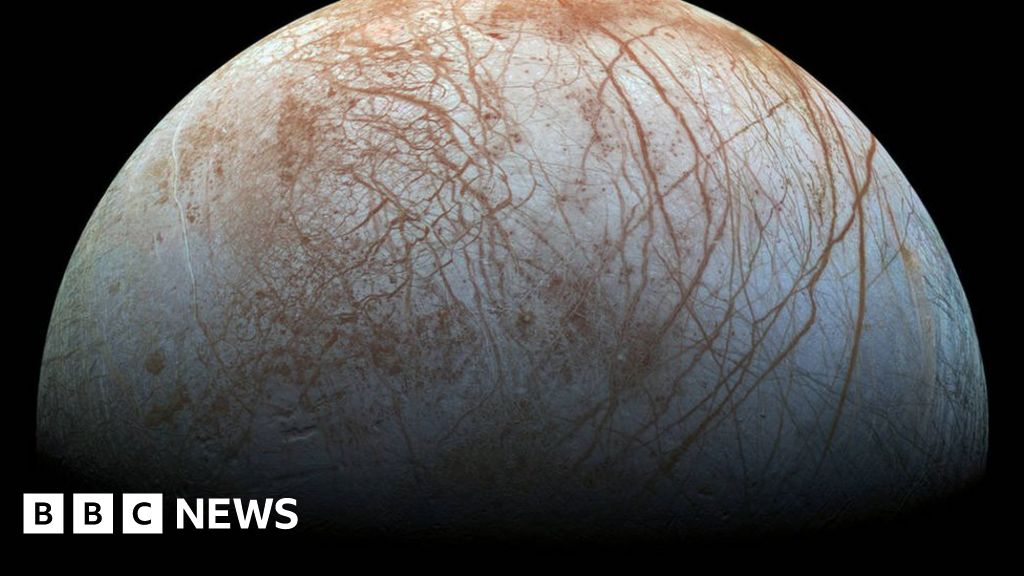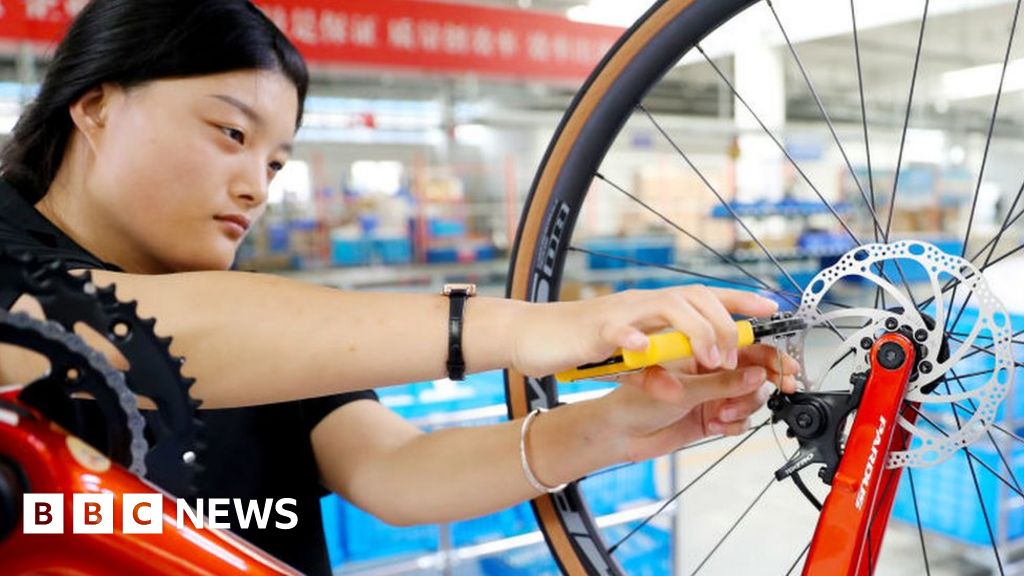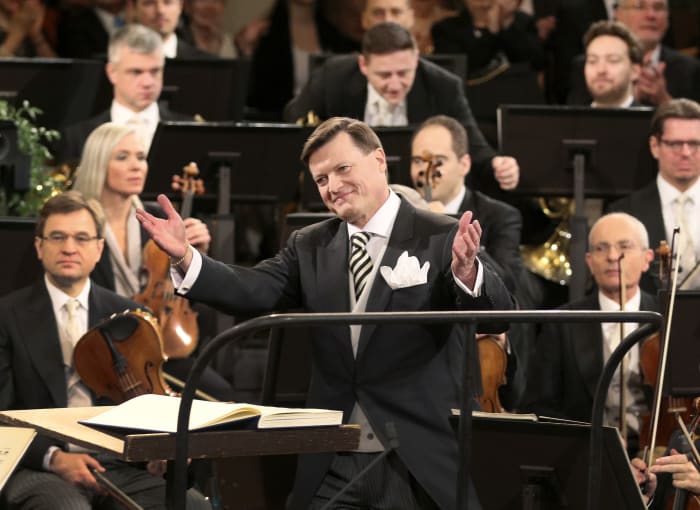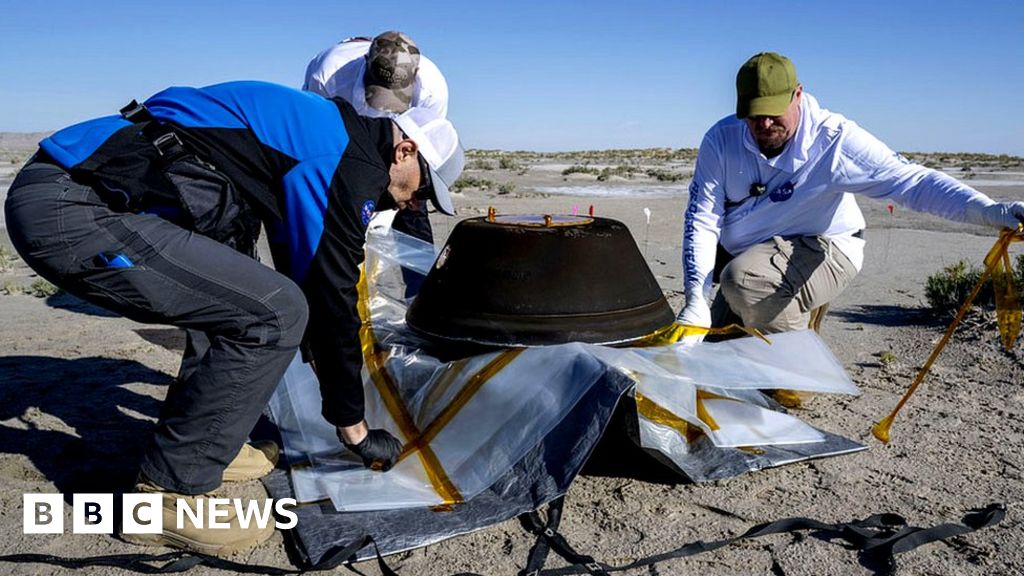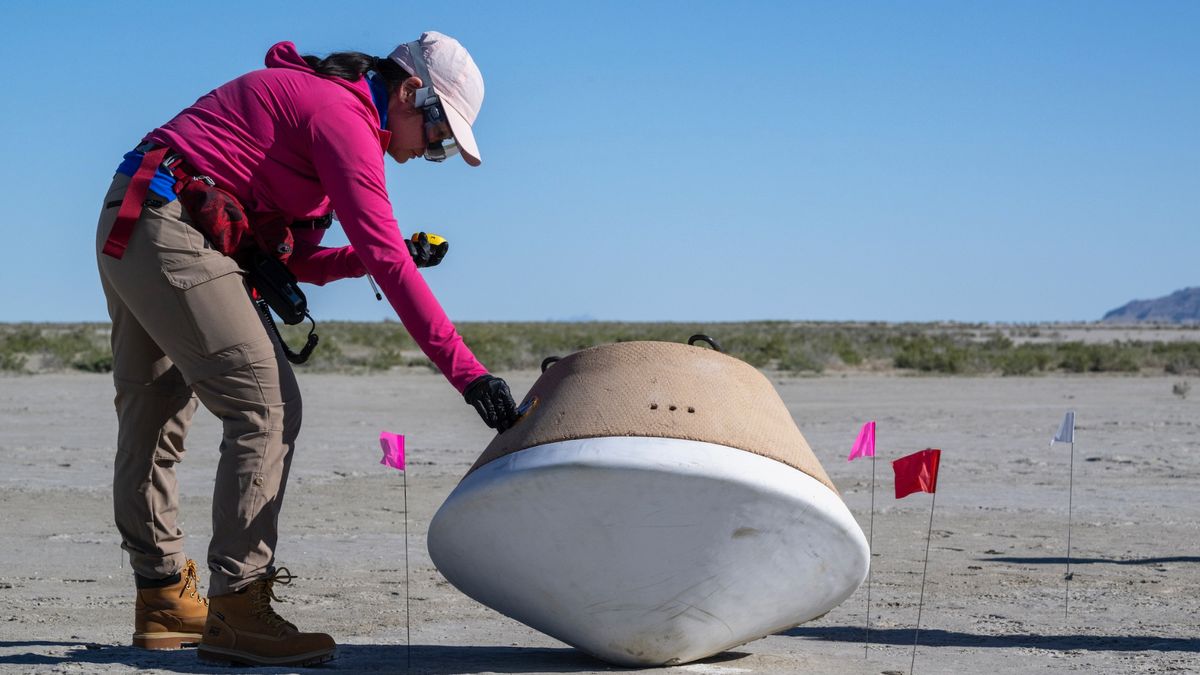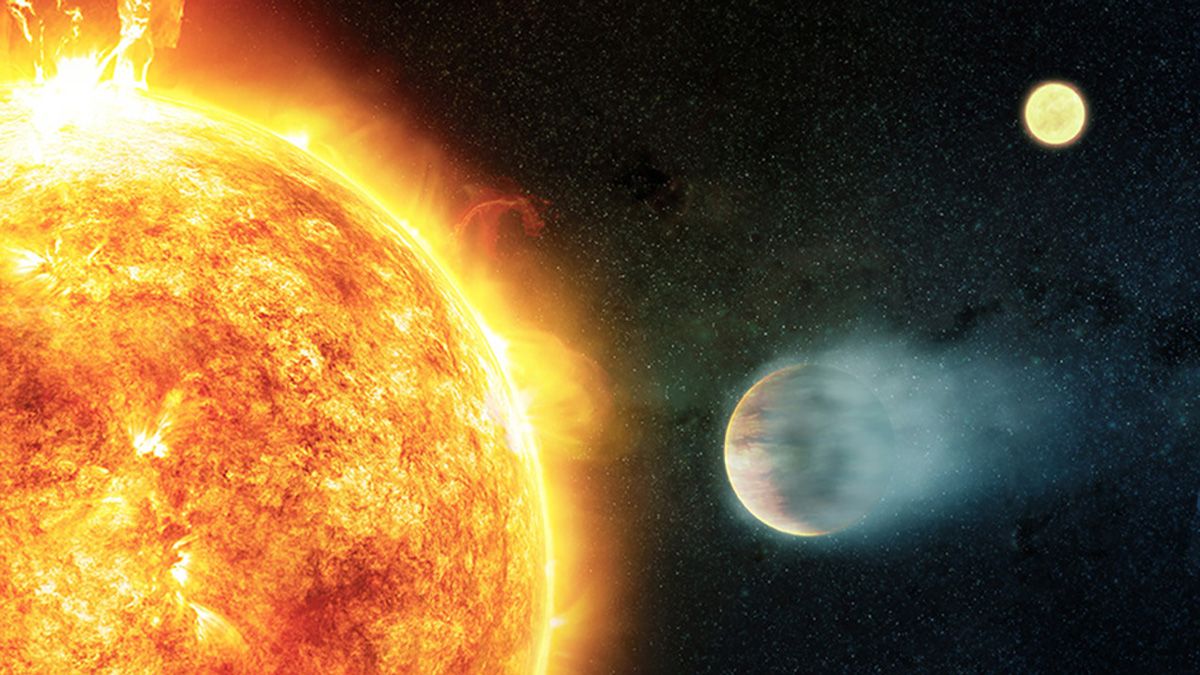
www.space.com
Alien planets keep their parent stars young by forcing them to 'exercise'
Stars with hot Jupiter planets in their orbits look younger than they actually are because the planets make them "exercise," a new study found.
Science & Tech
Planets and stars are almost like parents and children, a new study suggests: The smaller bodies keep the larger ones active, helping them stay young for longer.
The study looked at several stars that host what astronomers call hot Jupiters, giant gaseous worlds around the size of our solar system's largest planet, Jupiter. Hot Jupiters orbit very close to their parent stars — nearer than our solar system's innermost planet, Mercury, orbits the sun. But because they are so enormous, the gravity of hot Jupiters tugs at the stars around which they orbit, making them spin faster. This extra exercise makes the star crackle in X-rays, which is typical for stars in their young adulthood.
Scientists had witnessed hints of this phenomenon previously, but they were reluctant to draw any conclusions until they were able to observe it in a sufficient number of stellar parents and their hot Jupiter offspring. They have now managed to compile a satisfactory sample thanks to observations made by NASA's Chandra X-ray Observatory and the European Space Agency's (ESA) XMM-Newton spacecraft.
"In medicine, you need a lot of patients enrolled in a study to know if the effects are real or some sort of outlier," Nikoleta Ilic, an astronomer at the Leibniz Institute for Astrophysics (AIP) Potsdam in Germany and lead author of the study, said in a NASA statement (opens in new tab). "The same can be true in astronomy, and this study gives us the confidence that these hot Jupiters are really making the stars they orbit act younger than they are."
Just like aging humans, stars tend to slow down as they grow old. They rotate more slowly and sparkle less. But since stars don't have birth certificates to prove their age, Ilic and her colleagues had to look for a more ingenious way to show the rejuvenating effect of planets. They looked at binary stars, stars that orbit each other and formed at the same time, just like human twins. The researchers looked for such pairs in which only one star had hot Jupiter planets in its orbit.
"It's almost like using twins in a study where one twin lives in a completely different neighborhood that affects their health," co-author Katja Poppenhaeger, also of AIP, said in the statement. "By comparing one star with a nearby planet to its twin without one, we can study the differences in behavior of the same-aged stars."
By looking at the X-ray measurements, the researchers were able to clearly see that stars with planetary families gave off more X-ray bursts, as is typical for younger stars, compared to their childless siblings. The researchers observed the effect consistently across almost three dozen stellar pairs, the researchers said in the statement. The final sample included in the study consisted of 10 binary star systems observed by Chandra and six by the XMM Newton.



